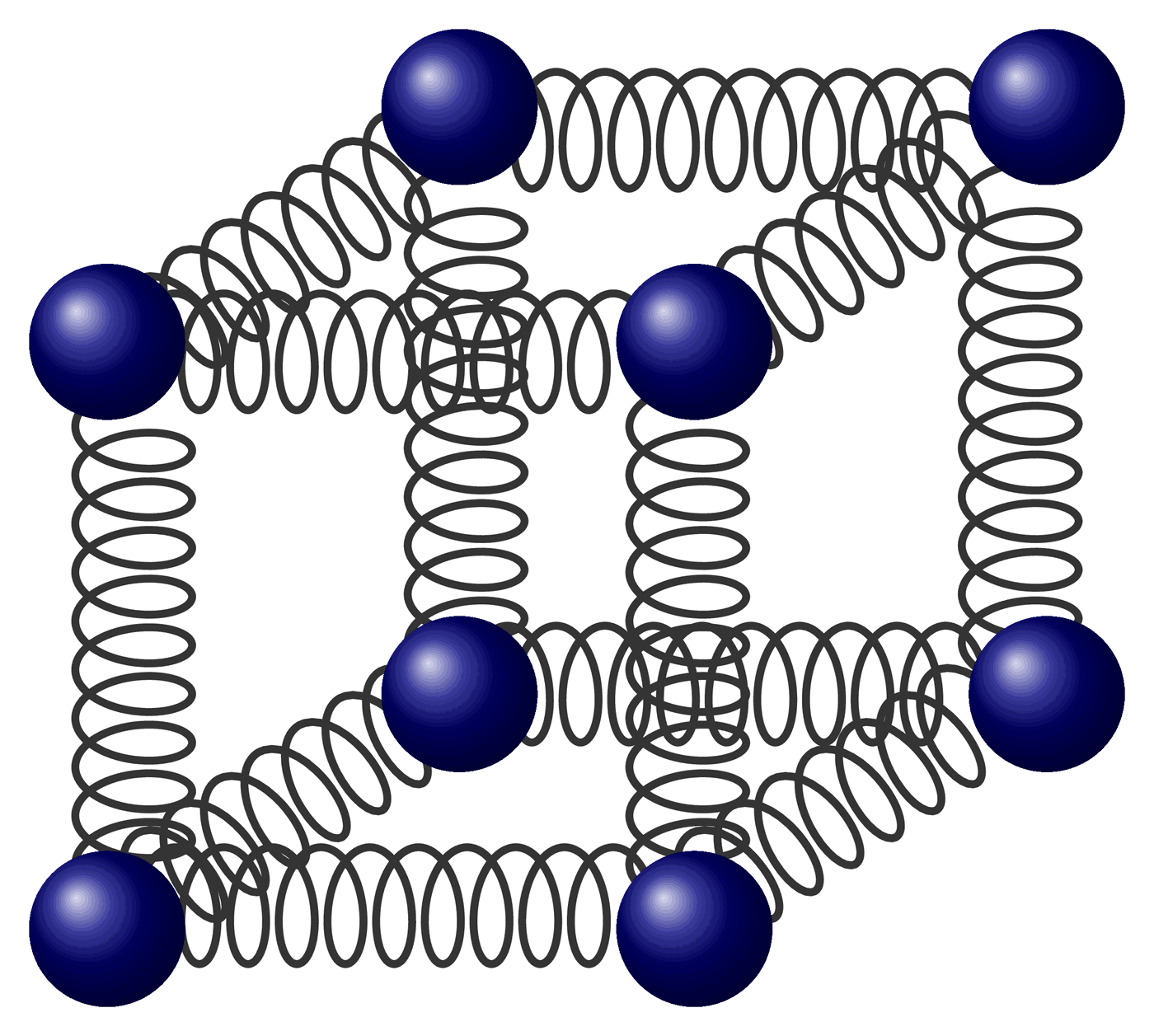Have you ever wondered what makes a solid material tick? What if I told you that the answer lies in the minuscule vibrations within its atomic structure? In the realm of solid-state physics, these tiny movements, known as phonons, play a pivotal role in a variety of phenomena, from thermal conductivity to electrical conductivity and even superconductivity. This article embarks on an intricate exploration of phonons, elucidating their significance and unveiling the secrets they hold.
To commence, it is essential to understand what phonons are. Phonons are quantized modes of vibrations that arise in a crystalline lattice, representing the fundamental unit of vibrational energy. Much like photons are quanta of light, phonons embody the energy of vibrational waves propagating through solids. Every material—be it a metal, semiconductor, or insulator—exhibits unique phononic characteristics that influence its macroscopic properties.
But why should we care about these vibrational particles? The answer lies in their profound effects on various physical properties and behaviors of solids. One might pose a playful question: What if we could harness these vibrations to revolutionize technology? The challenge lies in understanding how these elementary excitations govern the material world.
At the crux of phonon dynamics is their role in heat transport. The thermal conductivity of materials is largely dictated by how efficiently phonons can carry vibrational energy. In metallic solids, for instance, the combined contribution of phonons and free electrons facilitates an efficient thermal pathway. Conversely, insulators, which lack free electrons, rely solely on phonon transport, often leading to lower thermal conductivity. The mechanism is intricate: as phonons travel through the lattice, they interact with one another, scattering and sometimes dissipating energy in the process—resulting in complex thermodynamic behavior.
When delving deeper, it’s intriguing to consider how phonons interact with defects within a solid. These imperfections, whether they are grain boundaries, dislocations, or impurities, profoundly affect the phononic landscape. The presence of a defect can scatter phonons, weakening their transport capability and, consequently, the material’s thermal properties. This insight raises an essential challenge in material science: can we engineer materials with tailored defects to optimize their thermal management properties? The idea of phonon scattering manipulation opens up exciting avenues in the design of thermoelectric materials.
Furthermore, phonons are not solitary entities; they exist as part of a wave-like phenomenon that can be characterized by their dispersion relation—an equation that describes the relationship between frequency and wave vector. A closer examination reveals that phonons can be classified into two categories: acoustic phonons, which correspond to sound waves and low-frequency vibrations, and optical phonons, which are associated with higher frequency vibrations that occur when atoms in a basis move against each other. The understanding of these classifications allows physicists to predict various material behaviors under different conditions, such as temperature and pressure, providing insights essential for developing next-generation materials.
The study of phonons takes an intriguing turn when considering lattice dynamics and the concept of phonon-phonon interactions. In a simplified model, one might view phonons as like-minded particles engaging in a complex dance, where they can be either constructive or destructive. This behavior influences thermal conductivity and can introduce phenomena such as thermal runaway or even unconventional superconductivity. Superconductors exhibit absolutely zero electrical resistance below a certain temperature, a behavior that is intrinsically linked to phononic interactions. As researchers endeavor to explain high-temperature superconductivity, the role of phonons remains a critical area of inquiry, fueling an evolving understanding of quantum materials.
Interestingly, the study of phonons extends beyond solid-state physics into realms such as quantum computing and materials science. As devices shrink in size and operate at microscopic scales, managing heat dissipation has become increasingly crucial. Phonons, with their dual nature of both particle and wave, can be manipulated through cutting-edge techniques like phonon engineering, with the objective of controlling thermal and electrical transport at the nanoscale. Such advancements are critical for building technologies that could lead to more efficient electronic devices and improved energy storage systems.
One cannot overlook the implications that phononic research holds for energy solutions. As countries strive for sustainable energy sources, the development of thermoelectric materials—devices that convert heat directly into electricity—has garnered significant interest. The efficiency of such devices is closely tied to the control of phonon transport. Thus, advancing our understanding of phonons can have tangible impacts on our transition to cleaner energy solutions.
In conclusion, the importance of phonons within solid-state physics cannot be overstated. Their influence permeates various domains of material science, impacting everything from thermal and electrical conductivity to emerging technologies. As researchers continue to delve into the microscopic vibrational world of phonons, the potential for innovation is boundless. A synthesis of fundamental understanding and practical applications may hold the key to addressing some of humanity’s pressing challenges. Indeed, how we harness and manipulate these tiny vibrations may well define the future of technology and energy sustainability.












